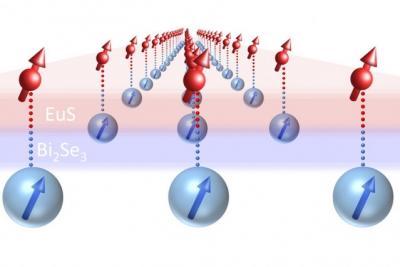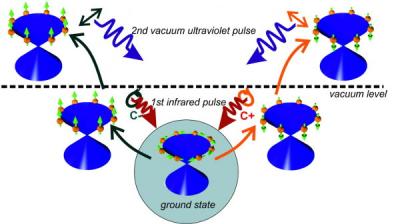Will antiferromagnetic pave the way to spintronics memory?
Researchers from the University of Nottingham discovered a new antiferromagnetic material that may be the basis of future spintronics devices. The new material is copper manganese arsenide (CuMnAs), has an advantage of ferromagnetic materials - in which strong magnetic fields can erase the encoded information.
The problem with antiferromagnets is that manipulating the magnetic ordering of antiferromagnets is quite difficult - because the spins of neighboring electrons point in opposite directions which means it is not easy to change them with external magnetic fields.


